The national relic of Le Tran Communal House in Phu Khe village, Hoang Phu commune (Hoang Hoa) has been renovated in recent years. Photo: Khanh Loc
According to local documents and folklore, Le Tran Giam was born in 1725 in a poor peasant family. From a young age, Le Tran Giam stood out among his peers for his intelligence, agility, and understanding of what he learned. Not only was he good at reading, Le Tran Giam was also good at martial arts. Mr. Hoang - a famous teacher in the area who directly taught Le Tran Giam praised his student for being "more intelligent than others" and "talented in both literature and martial arts".
Growing up, Le Tran Giam chose to advance his career through martial arts. In the 6th year of Canh Hung (1745) under the reign of King Le Hien Tong, with his martial arts talent, Le Tran Giam was recruited as an official, holding the position of Phu Quan Kham Phung. Later, he was promoted to Thuong Tuong Quan, Do Chi Huy Su, and the title Trung Vo Hau. From a poor boy, through his own efforts and constant training, Le Tran Giam gradually rose up, asserted himself, and brought honor to his family.
However, “the time he was an official was also the time when the feudal regime of the Le - Trinh period entered a serious crisis. Deep divisions took place within the central government. The evils of buying and selling official positions, embezzlement, and bribery were rampant... throughout the localities, and officials tried their best to exploit and harass the people. Drought, floods, hunger, and epidemics occurred continuously. People's lives were extremely miserable. Peasant movements to fight against oppression and exploitation broke out continuously and widely, attracting the participation of all working classes (book Cultural Celebrities of Hoang Hoa).
During this time, there were large-scale uprisings such as the uprising of Le Duy Mat "against the autocratic regime of Lord Trinh. This was also the opening shot for the peasant uprising movement in the mid-18th century. Although the uprising was led by the aristocracy under the banner of "Supporting Le and destroying Trinh", in the process of development, it clearly revealed the peasant uprising movement whose main force was the poor Kinh people and ethnic minorities in the highlands" (book Famous People of Thanh Hoa).
As an official in the Le - Trinh court, Le Tran Giam clearly understood the crisis, chaos, decline and weakness of the Le king and Trinh lord. Born and raised in a peasant family, Trung Vo Marquis Le Tran Giam understood the hardship of the people in society at that time. He decided to give up his own wealth and glory, and the power granted by the king to join the peasant uprising led by Ho Nhat Tuong in the land of My Luong (Son Tay).
When Le Duy Mat's army from Thanh Hoa - Nghe An advanced to Son Tay, "joined forces" with Ho Nhat Tuong's uprising army, Le Tran Giam also joined the uprising led by Le Duy Mat. During this time, he showed his military talent, leading troops to battle. Le Tran Giam was often trusted with the task of being the vanguard in battles to destroy the tyrants, taking from the rich and giving to the poor. With his martial arts talent, generous and open-minded personality, despite living in a time of chaos, Le Tran Giam was still loved by both superiors and subordinates.
Le Duy Mat's uprising, although prolonged, did not achieve the expected results. In 1770, after more than 30 years, the uprising completely failed. At that time, being old, the veteran general Le Tran Giam decided to return to his hometown, to befriend swords, bows, books, and to teach his children. In 1804, Trung Vo Hau Le Tran Giam passed away.
The achievements and career of military officer Le Tran Giam were recognized by the Nguyen Dynasty. After his death, along with ordering the people of Phu Khe village to build a temple, the court also bestowed upon his descendants a red plaque with the six words "Hoa Vuong Khe - Trung Vo Hau". Later, many times, they bestowed the title "Phuc Nhac Ton Than", honoring "Tuyen Luc, Hiep Muu Dong Duc Cong Than, Phu Quoc Thuong Tuong Quan, Cam Y Ve, Do Chi Huy Su, Do Chi Huy Su Ty, Trung Vo Hau". During the reign of King Bao Dai, he was granted the title "Trac Vi Thuong Dang Ton Than".
Coming to the ancient land of Phu Khe, visiting the national relic of Tu Duong Le Tran - the place to worship Trung Vo Hau Le Tran Giam and the ancestors of the Le Tran family, lighting incense for the ancestors, Mr. Le Tran Son, a descendant of the Le Tran family, shared: “The Le Tran family has lived in Ke Dung - Phu Khe for over 400 years. The ancestors of Le Tran Giam with their talent, intelligence and contributions have been recorded in history books and remembered by generations. After Le Tran Giam passed away, the feudal court gave money to the people of Phu Khe village to build a temple to worship him. At that time, the temple was made of wood and covered with tiles. During the resistance war against the French, the temple was a meeting place, storing weapons, guns and ammunition of the guerrillas in the area. However, when the French colonialists bombed Phu Khe village, the temple area burned down all the worshiping objects and royal decrees, leaving only a few stone artifacts. Fortunately, the genealogy kept for hundreds of years in the house of a family member was still preserved. To come Today, looking at it, posterity understands more about the life and career of their ancestors. With admiration and gratitude, over the years, the Le Tran Communal House has been gradually renovated and beautified by the villagers and descendants of the family.
It has become a long-standing custom that every year at the beginning of spring and the end of the year, the Le Tran Temple holds a ceremony. Along with that, March 13 (lunar calendar) - the death anniversary of our ancestor Le Tran Giam is also an occasion for descendants to gather, pay tribute, and remember the deceased.
Khanh Loc
(The article refers to and uses content from the books Thanh Hoa Celebrities; Hoang Hoa Cultural Celebrities and some documents kept in the family).
Source: https://baothanhhoa.vn/trung-vo-hau-le-tran-giam-244588.htm


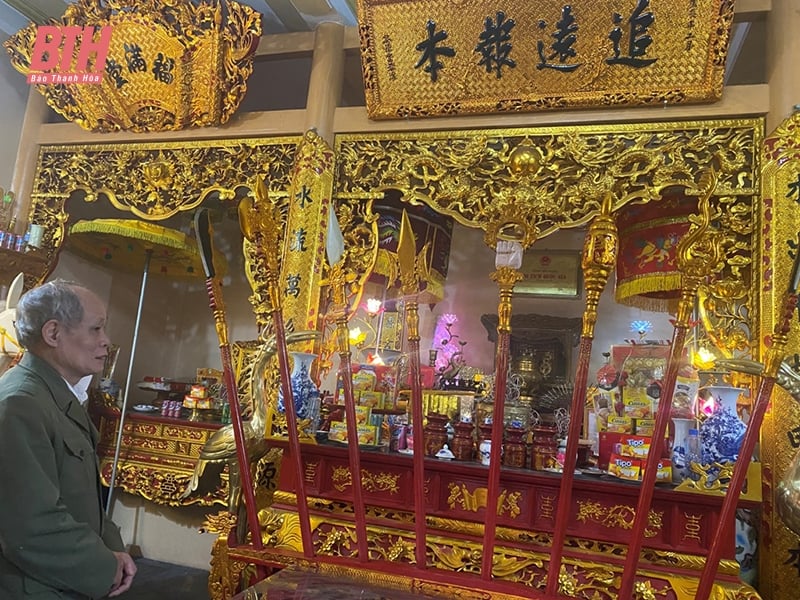

![[Photo] Visiting Cu Chi Tunnels - a heroic underground feat](https://vstatic.vietnam.vn/vietnam/resource/IMAGE/2025/4/8/06cb489403514b878768dd7262daba0b)







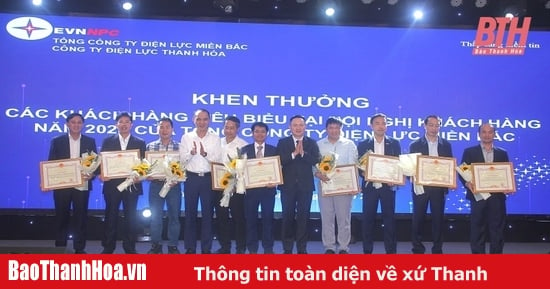
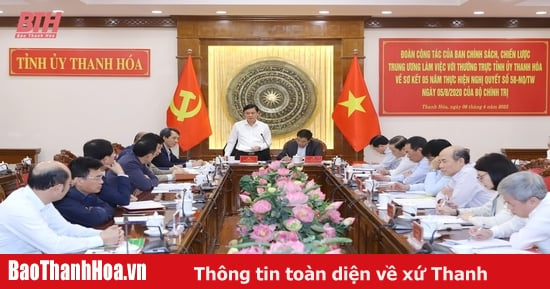
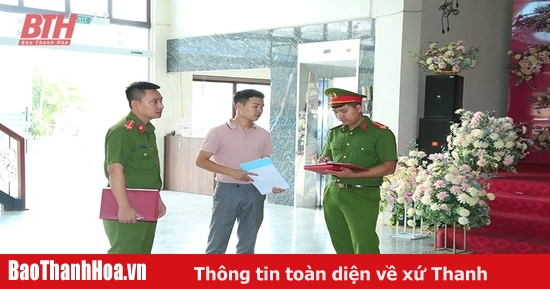


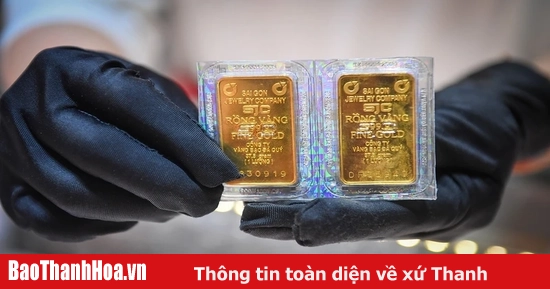

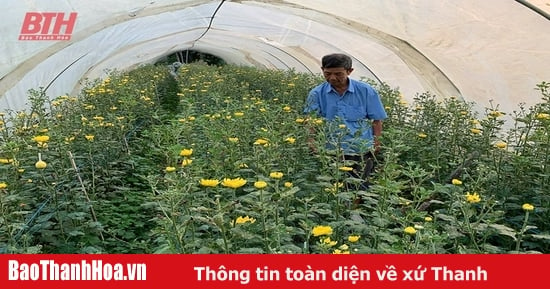
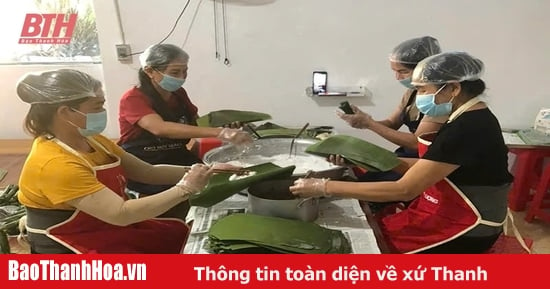
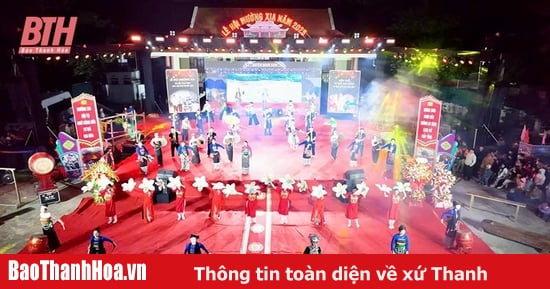
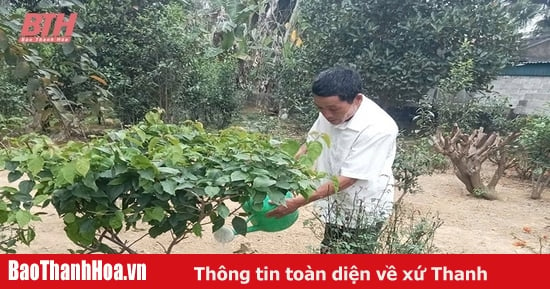


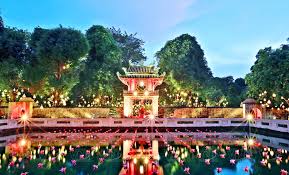

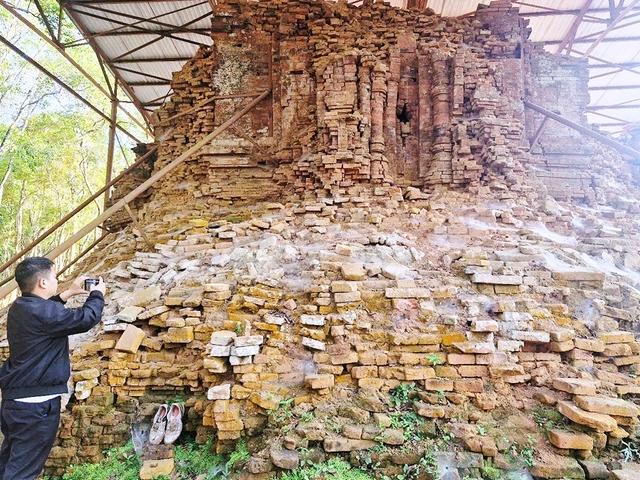



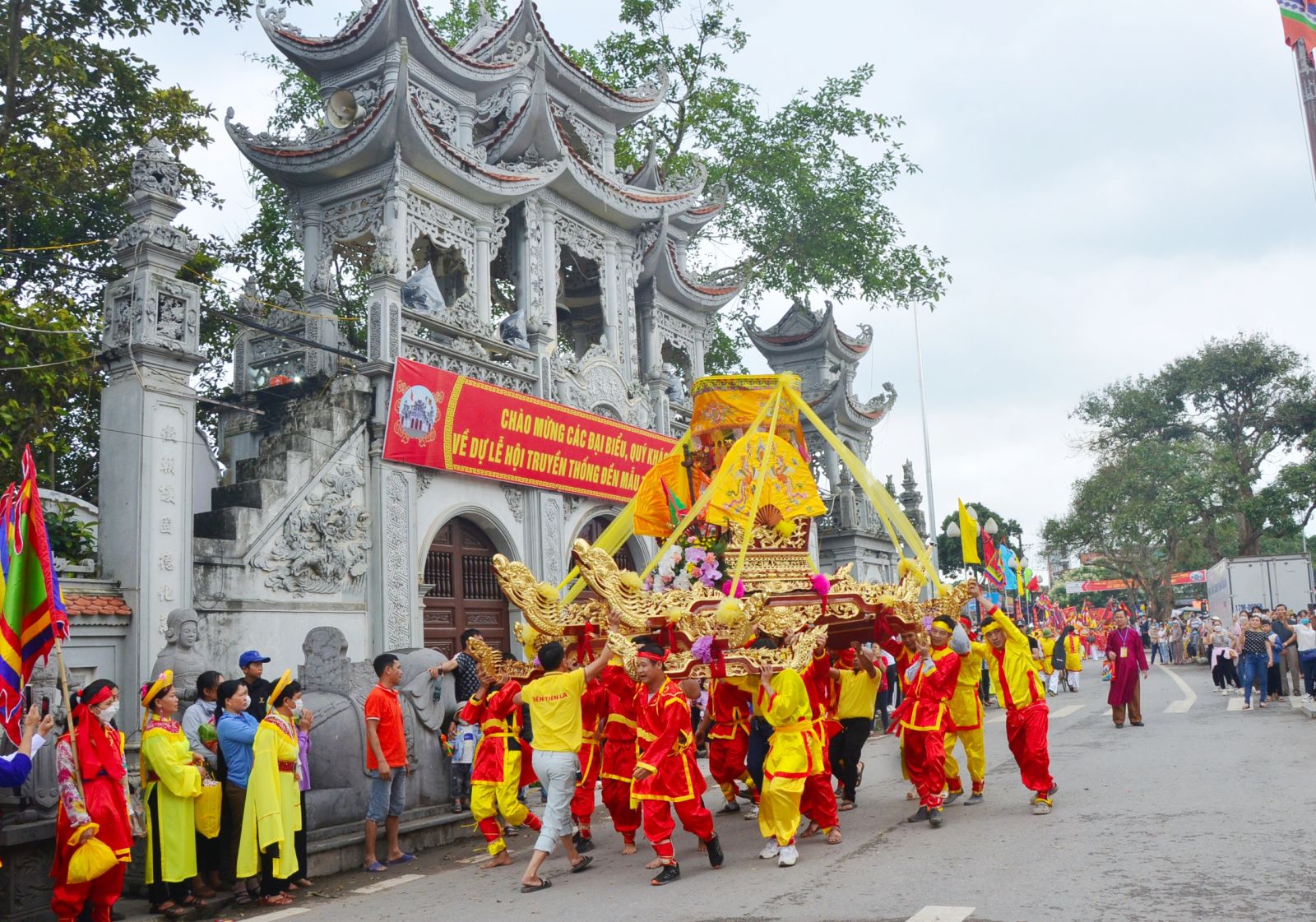

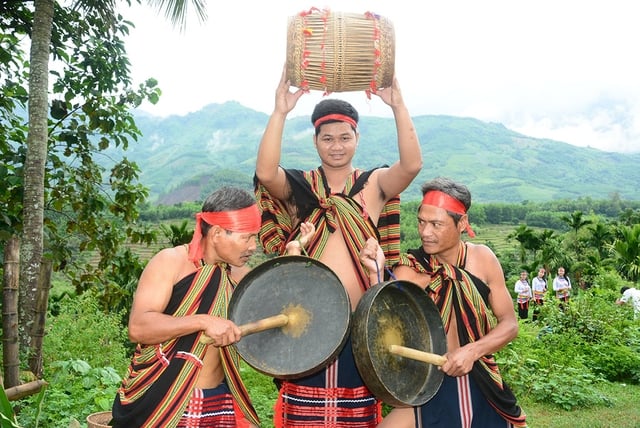









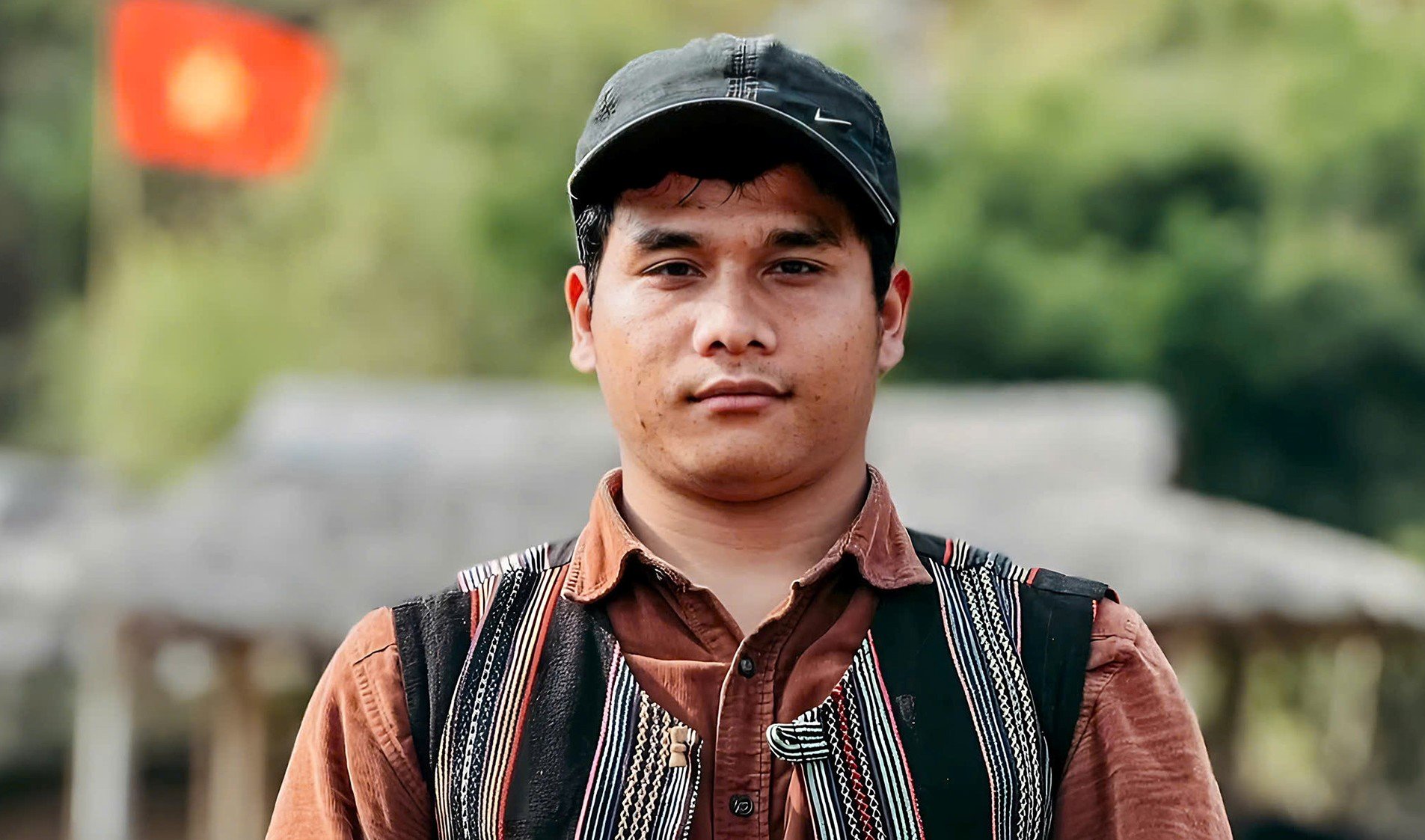

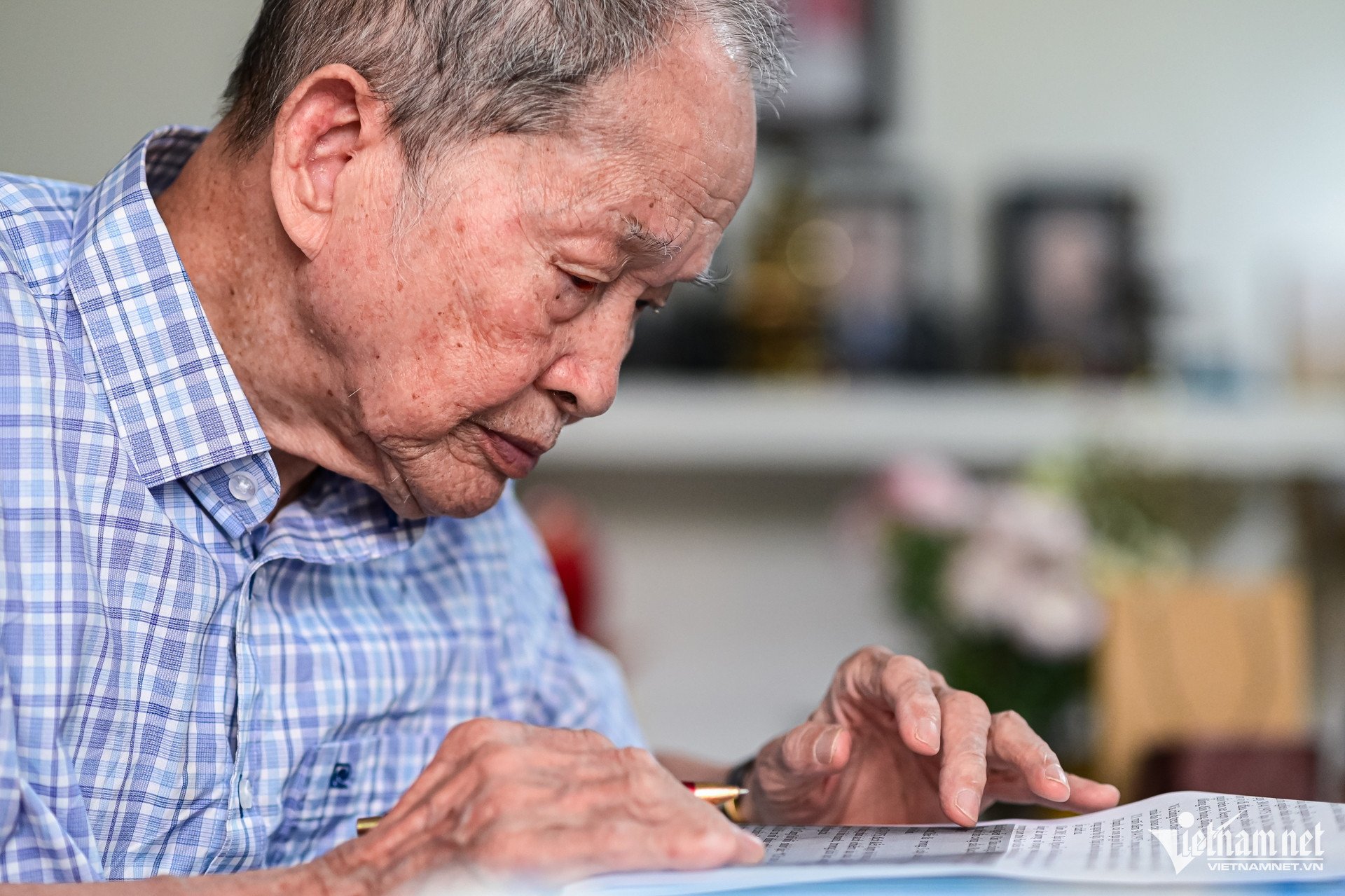
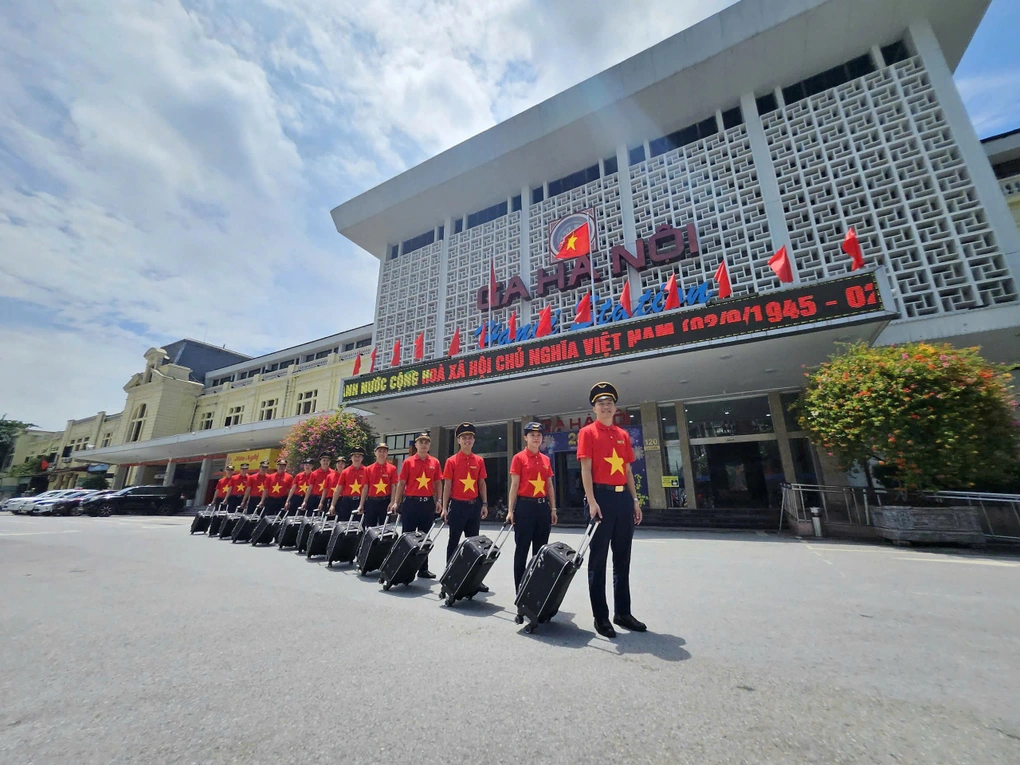









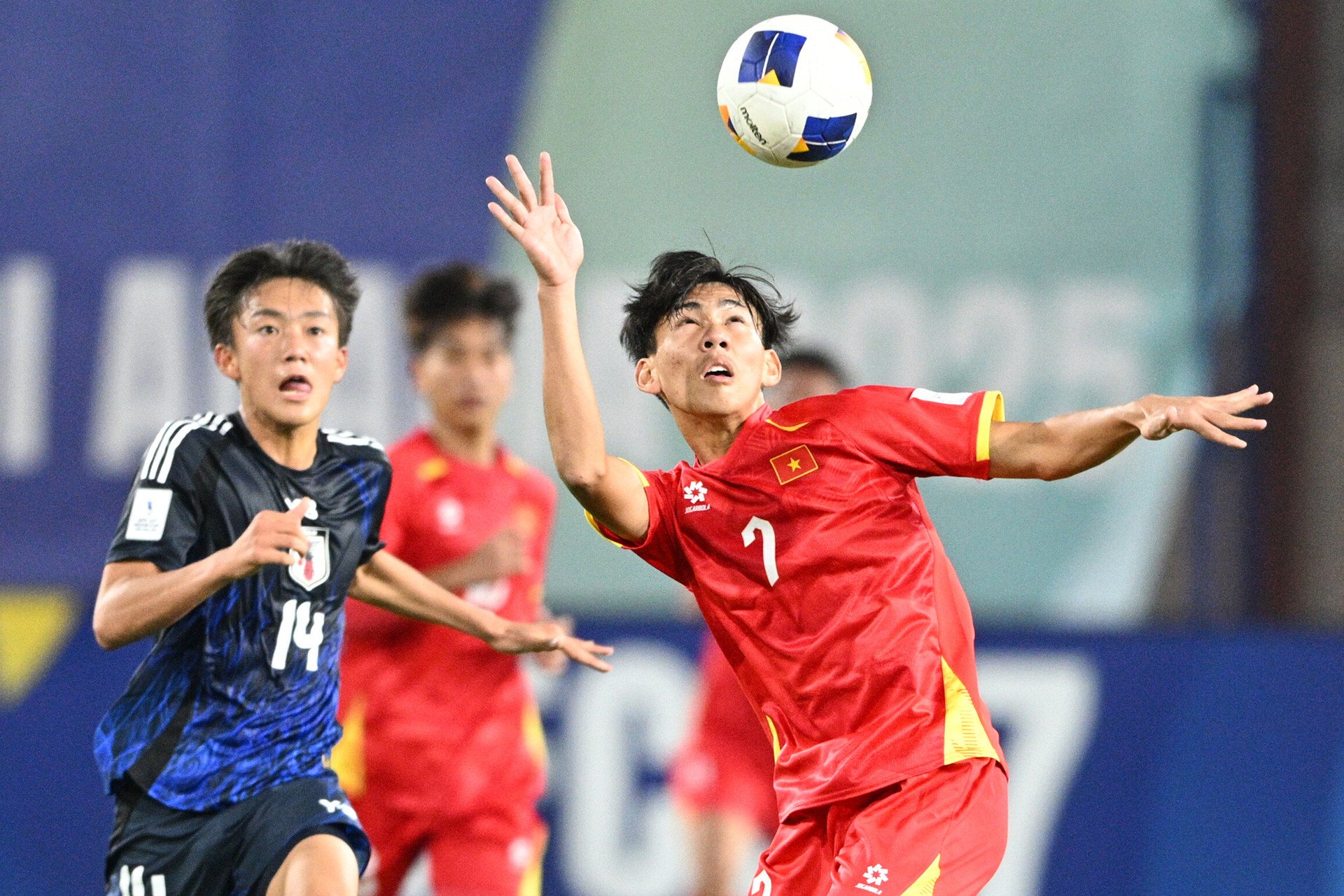
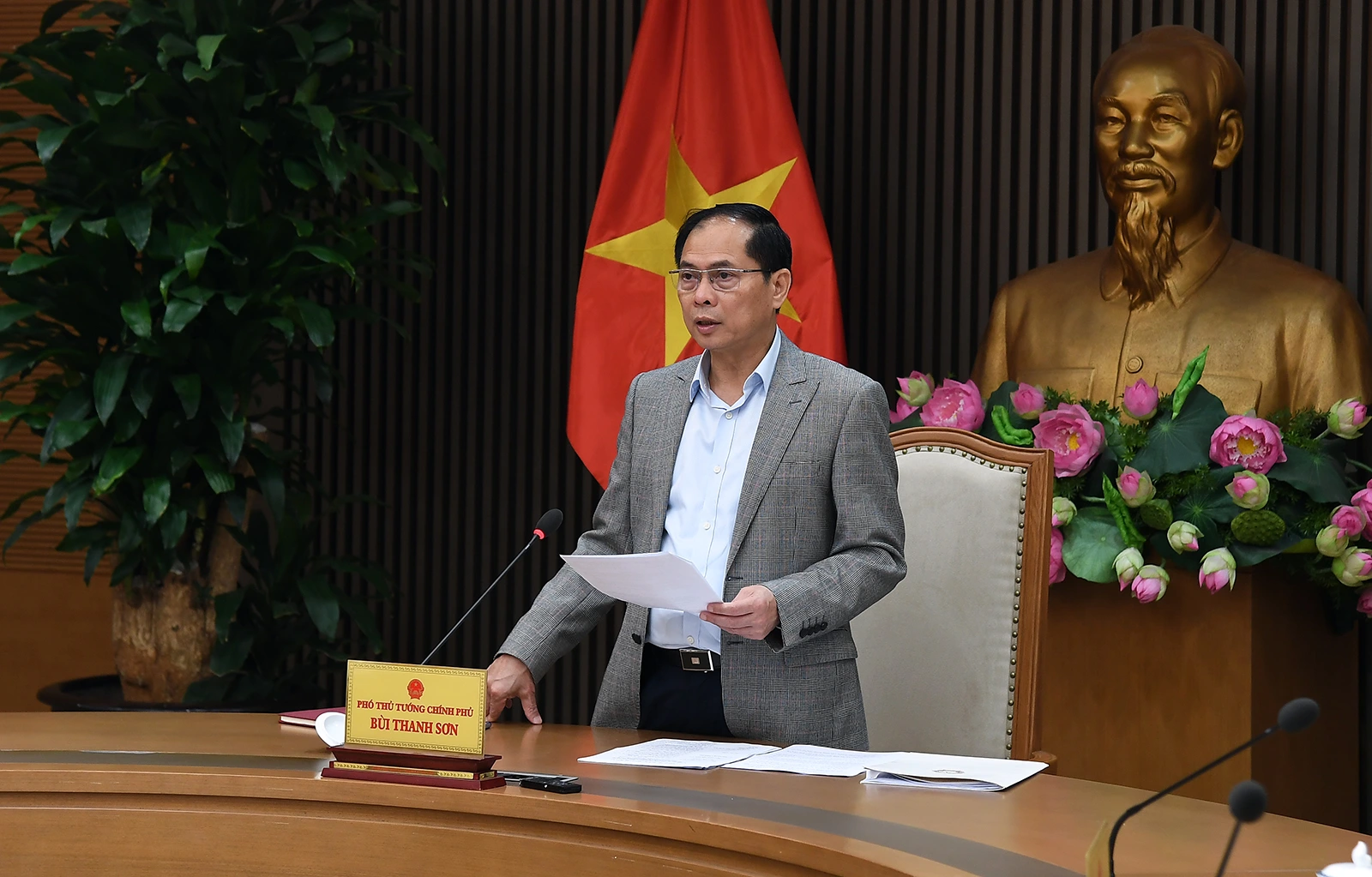











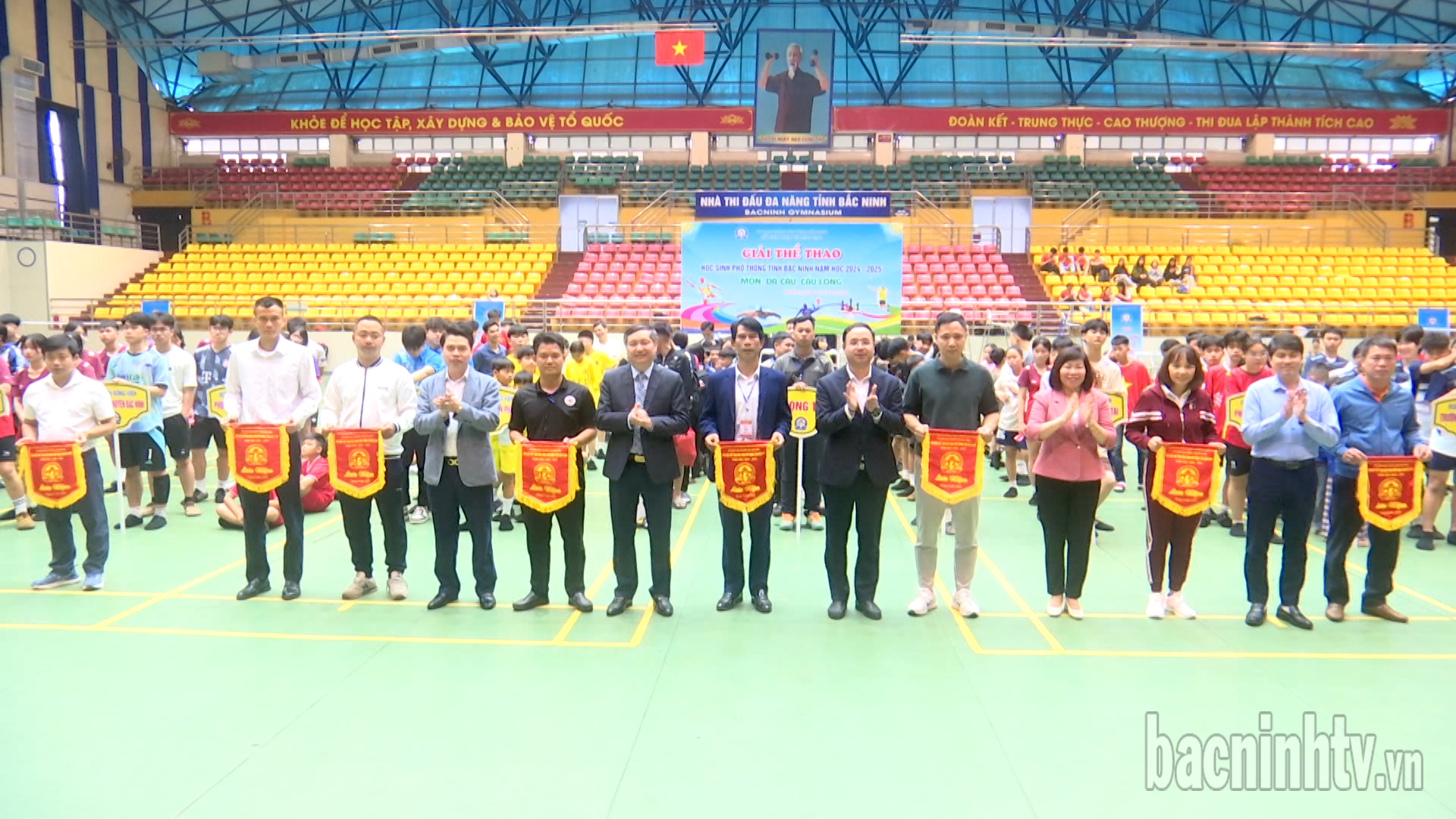
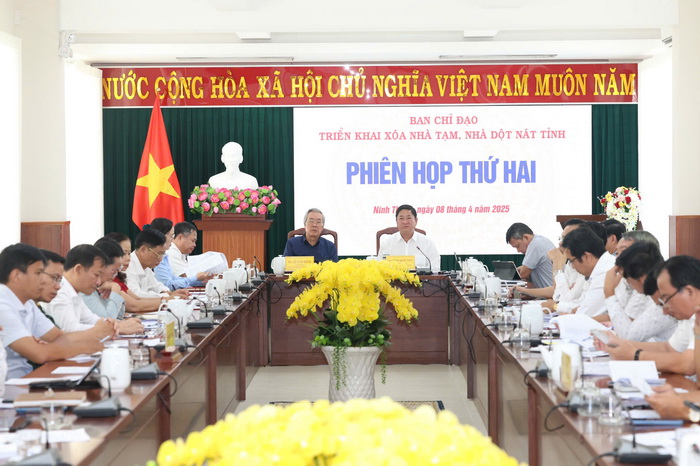

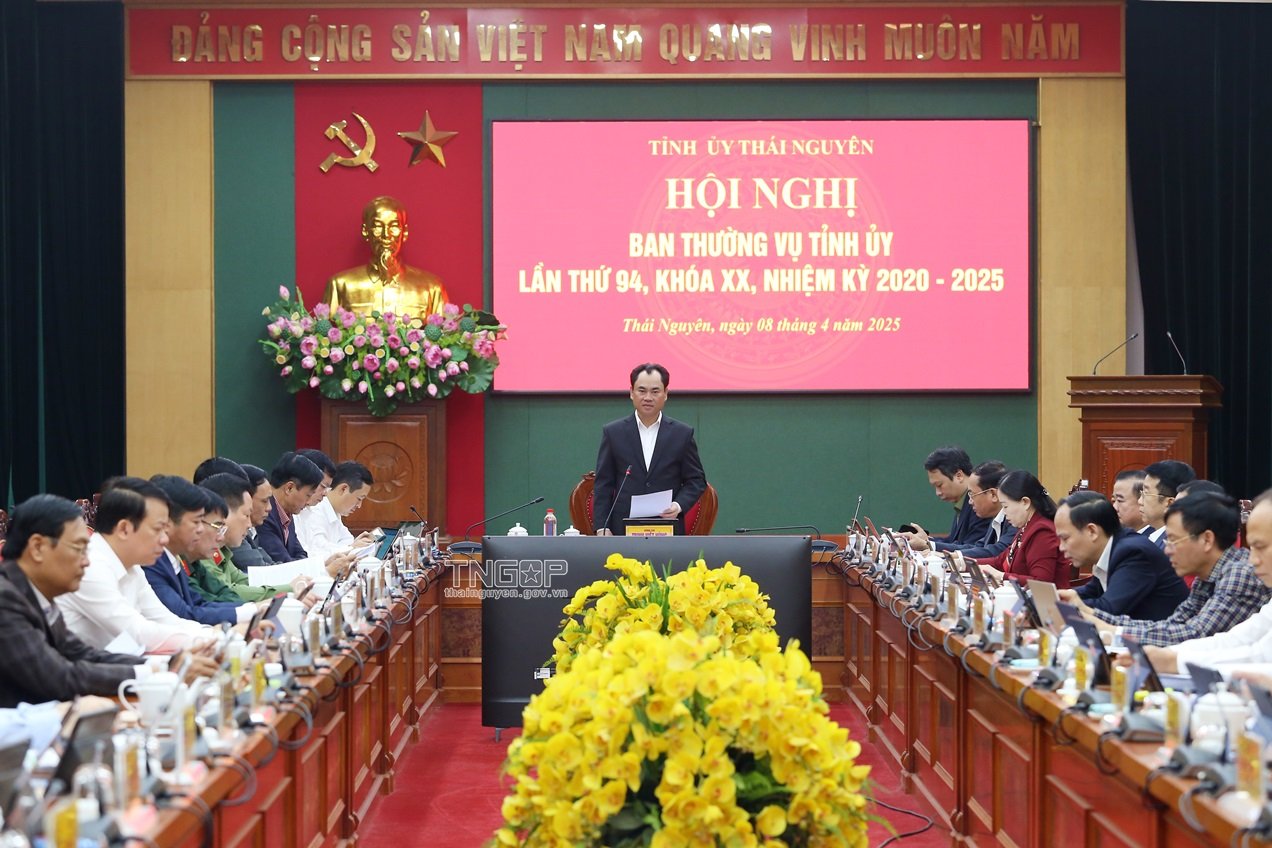






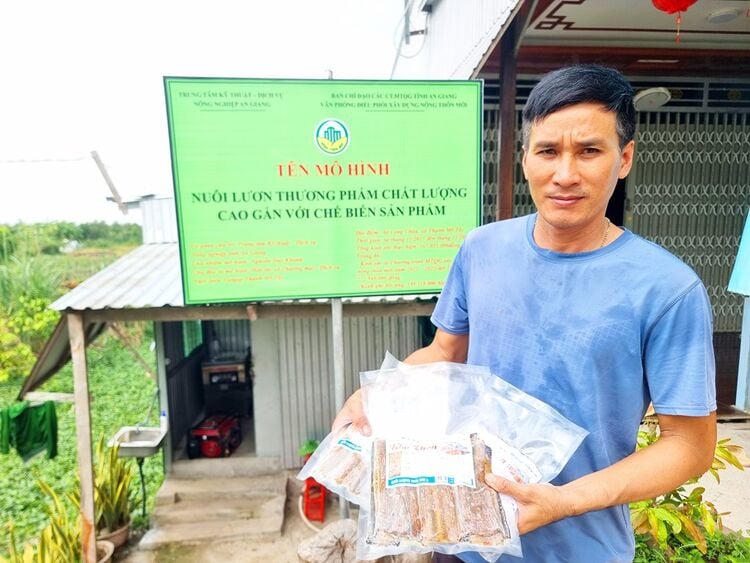
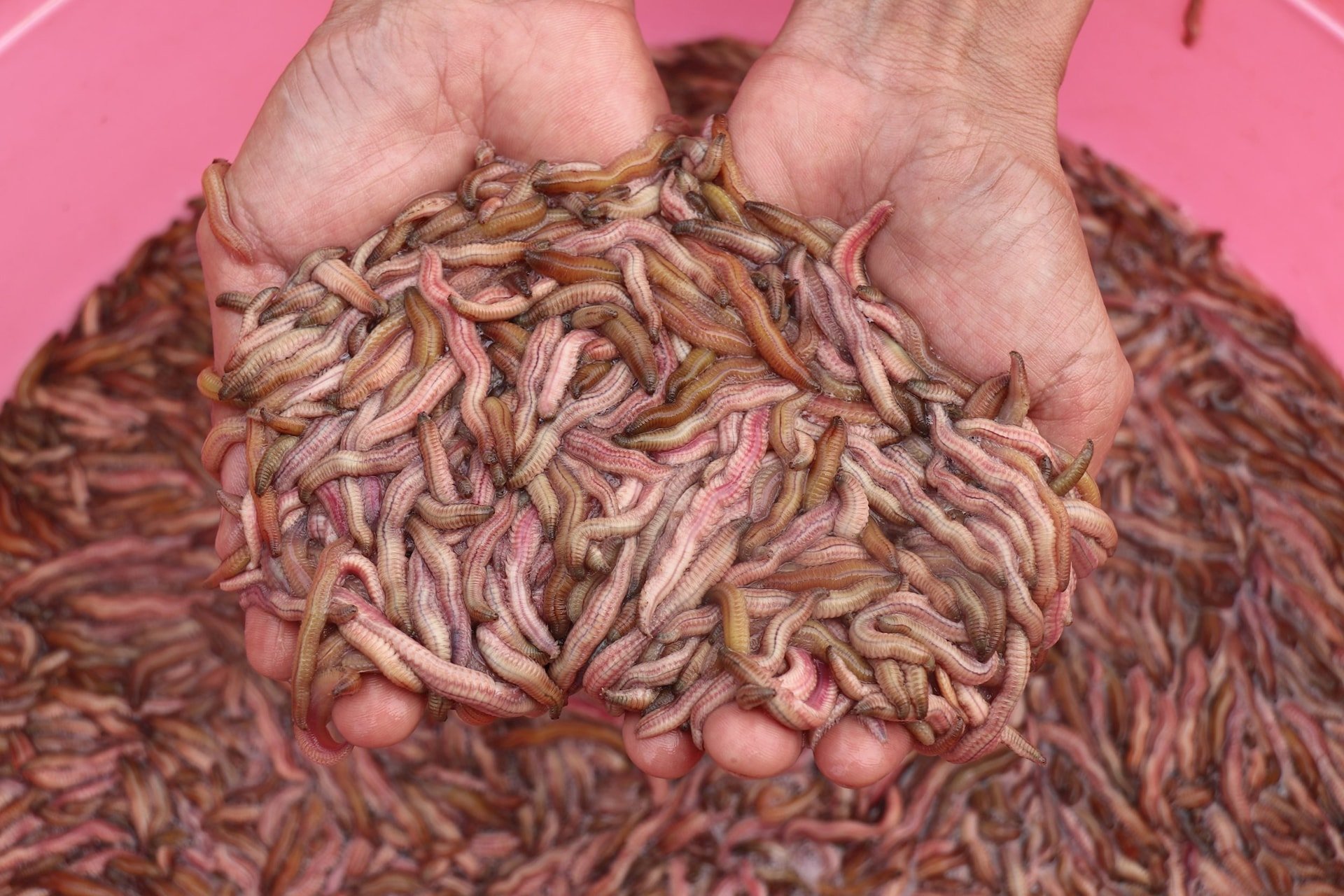
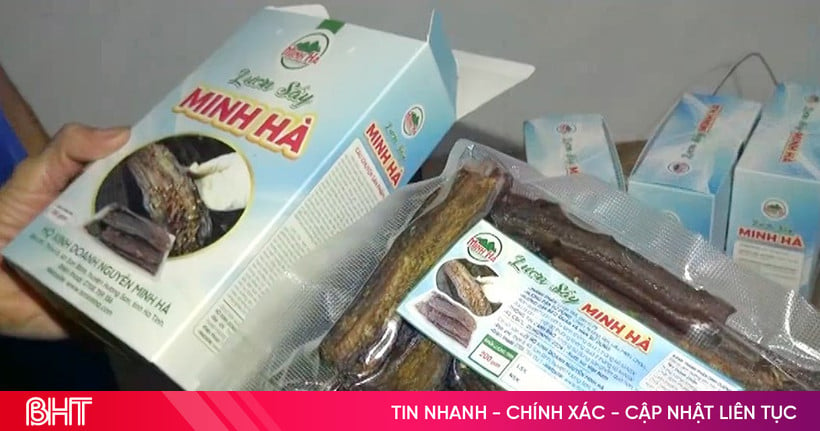

Comment (0)